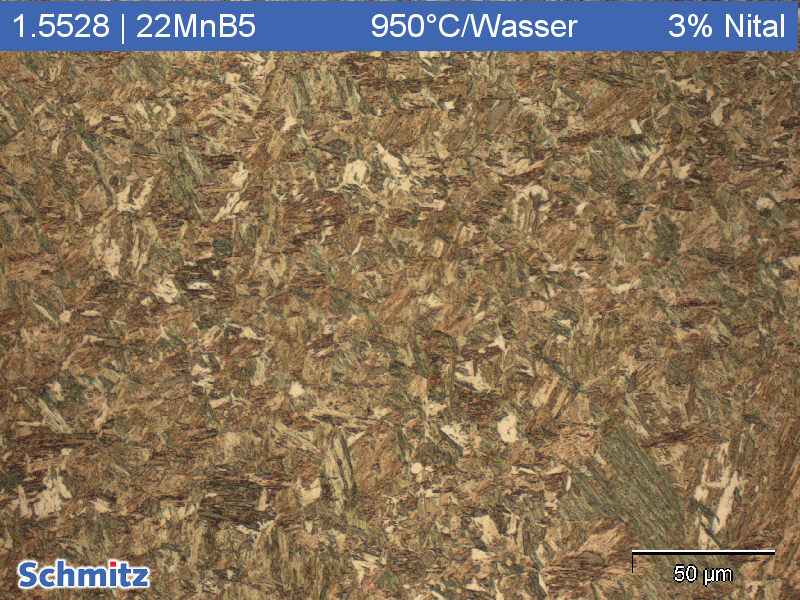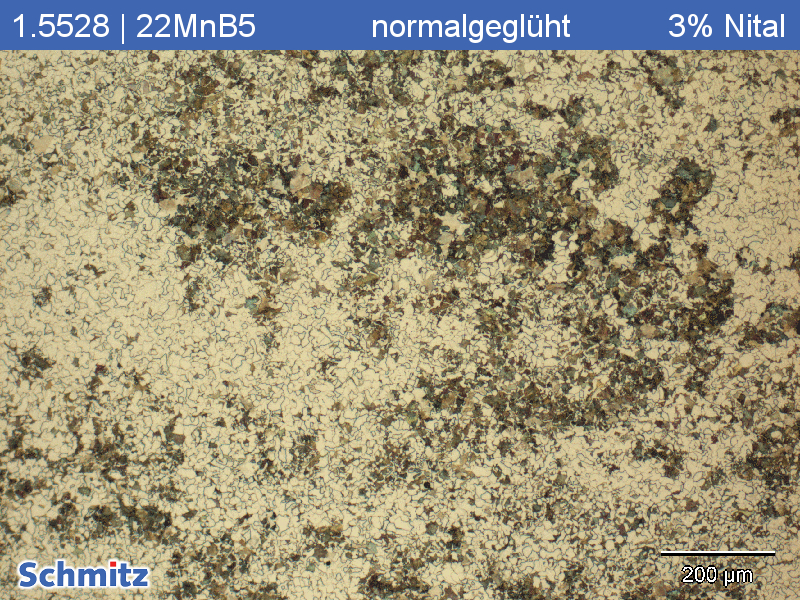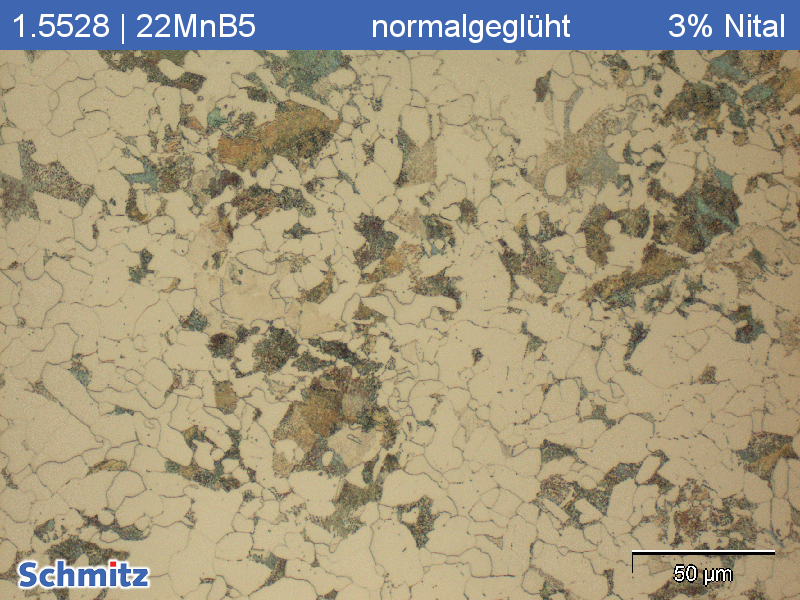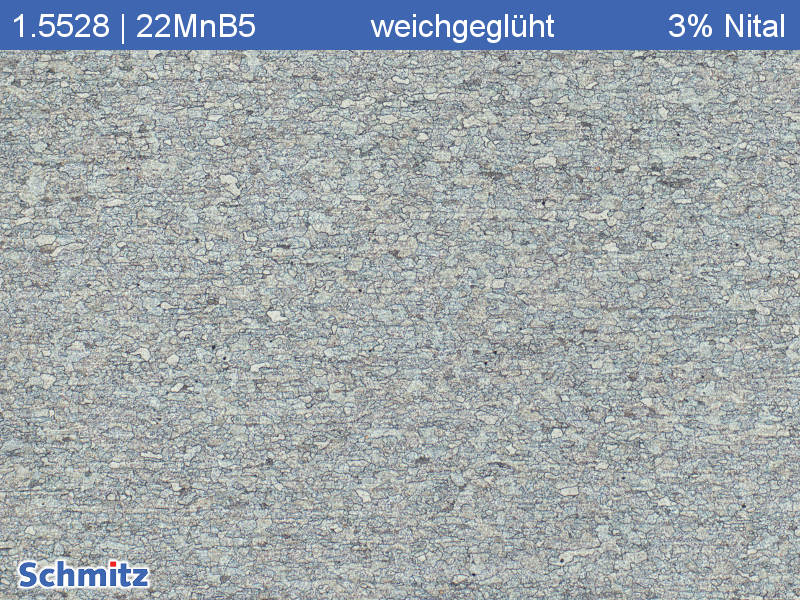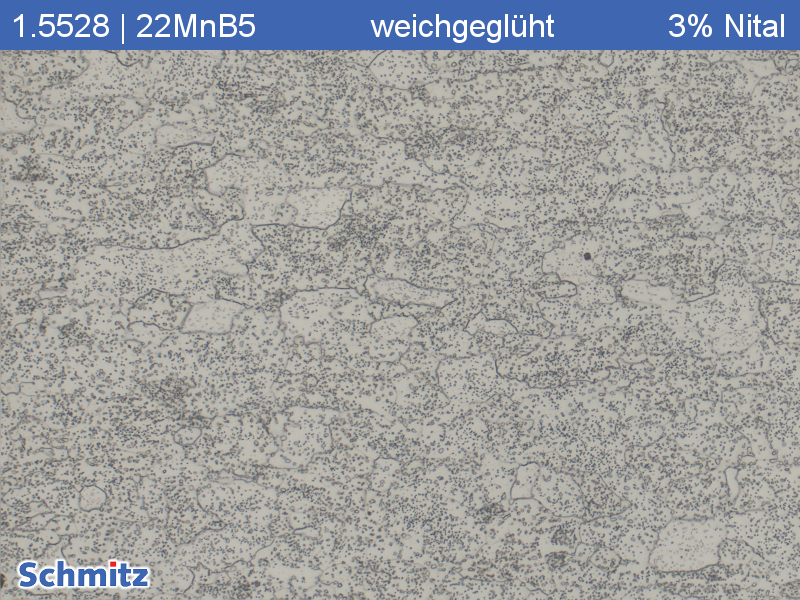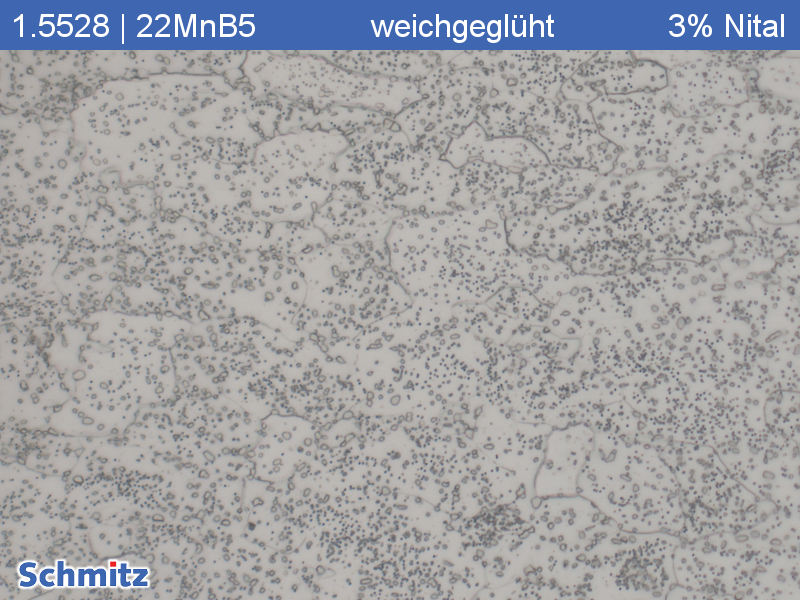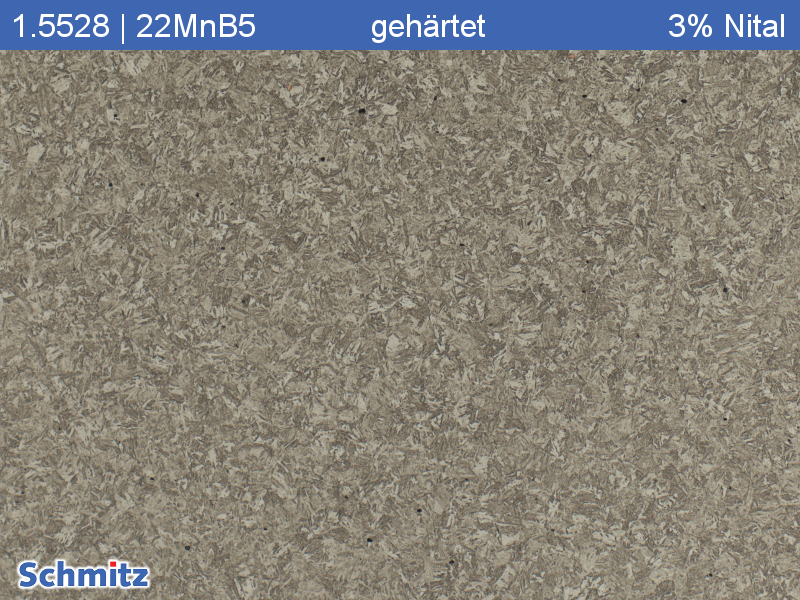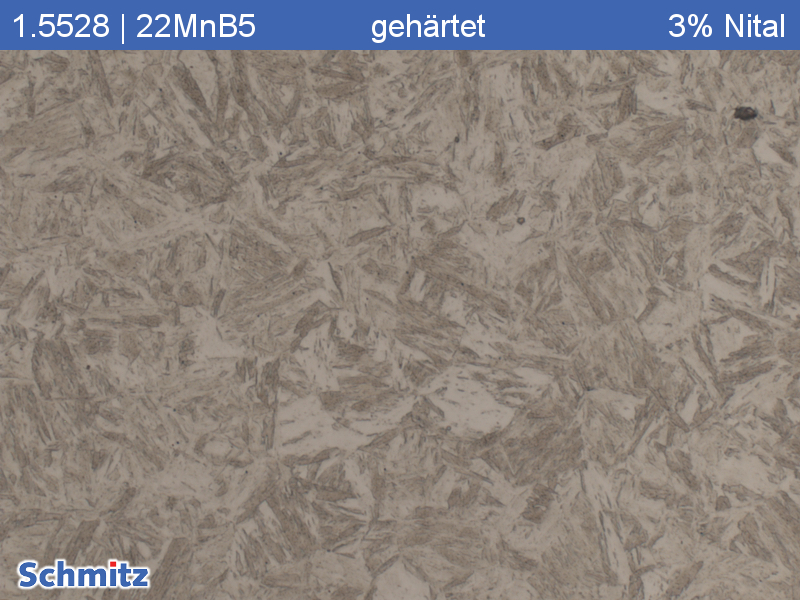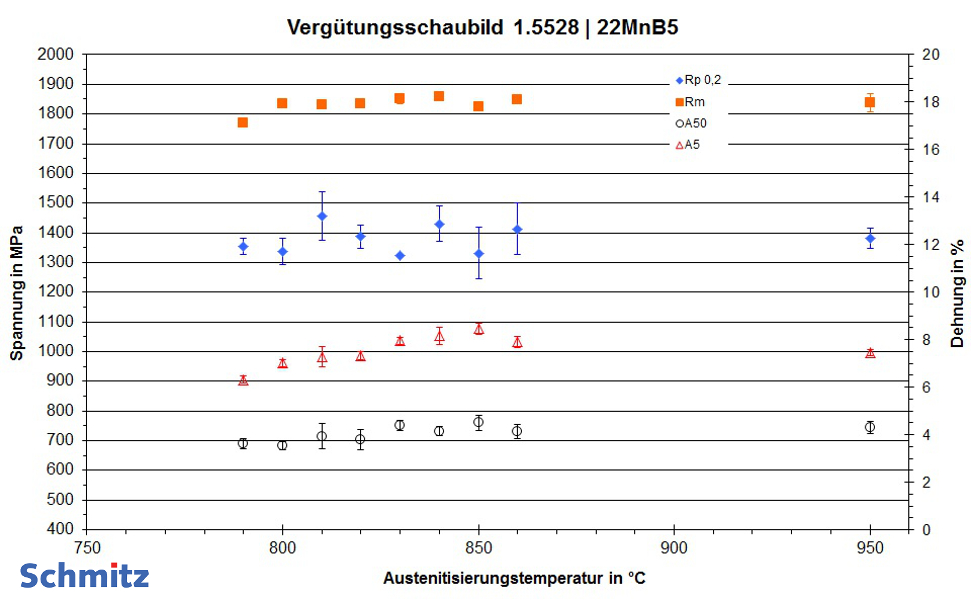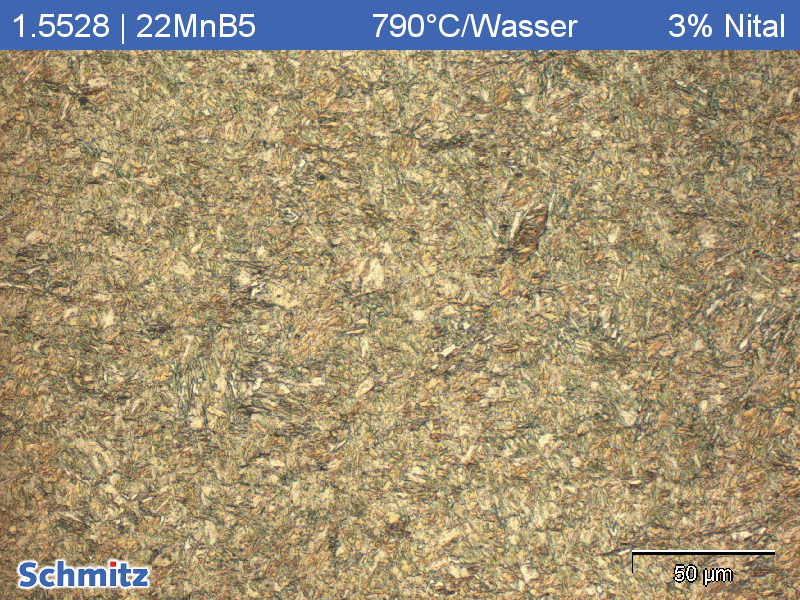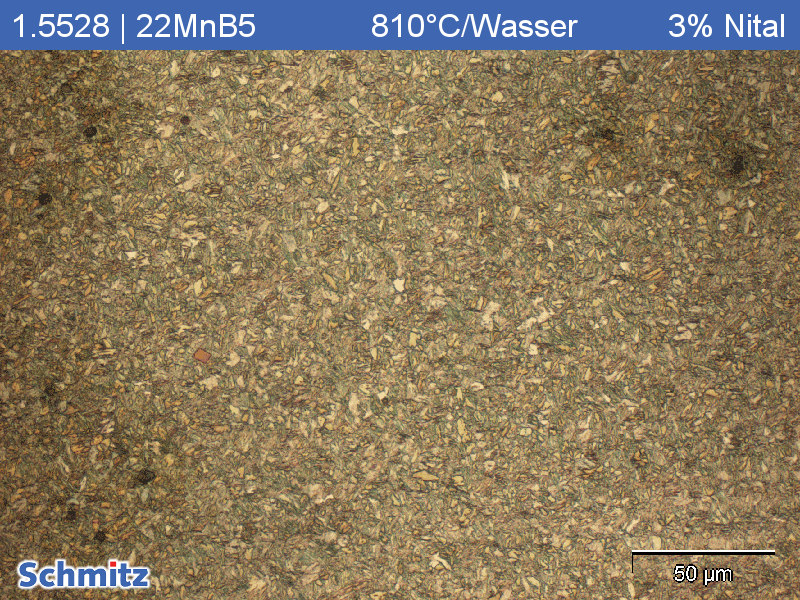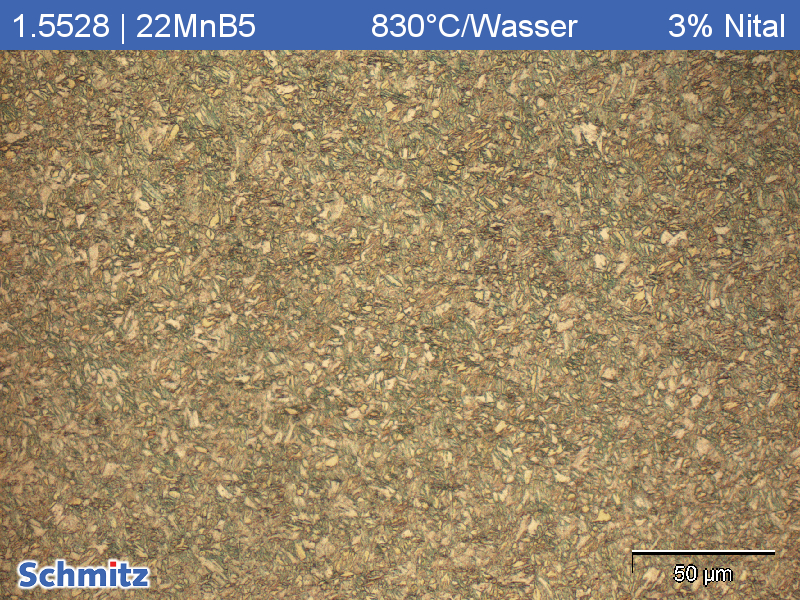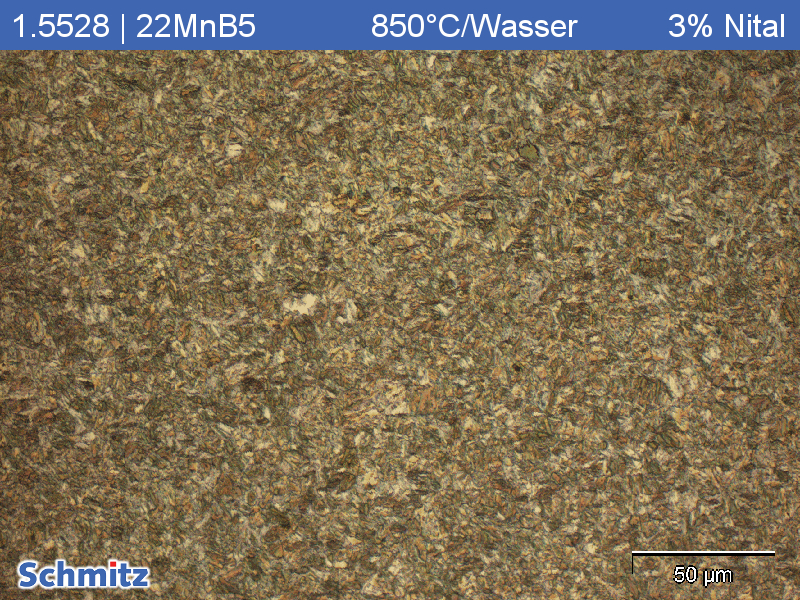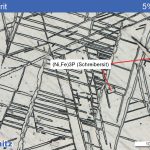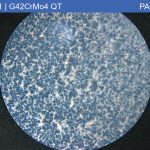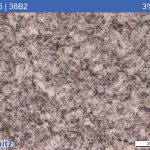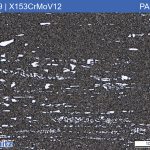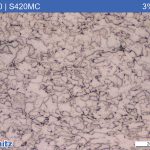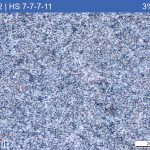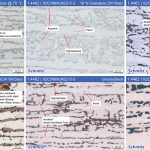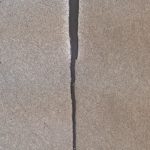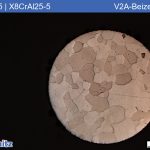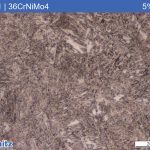1.5528 | 22MnB5
| Numeric designation | 1.5528 |
|---|---|
| Chemical designation | 22MnB5 |
| Etching | 3 % Nital |
This boron-alloyed quench and temper steel is one of the ultra-high-strength steels (usually used for press hardening). It is characterized by good formability with high strength and offers excellent deep drawing properties. The main hardening mechanisms here include:
– Transformation hardening (martensite, diffusionless), most important mechanism, about 90% of the strength.
– Solid solution hardening by substitutionally or interstitially dissolved elements such as C, B, Mn, Si.
Normalized condition:
The microstructure is very fine-grained and consists of about 75% ferrite and 25% pearlite.
Soft annealed condition:
The pearlite has been completely molded in. The microstructure consists of ferrite and spheroidal cementite.
Hardened condition:
The martensite formation is typical of the low carbon content of about 0.2%. The martensite needles differ significantly compared to a C45.
Hardening tests:
Annealing tests were performed in a salt bath furnace, holding time 5 min, water quenching. The microstructure at 790 °C austenitizing temperature is approximately 30% ferrite and 70% martensite. With increasing intercritical annealing temperature, the ferritic phase fraction decreases according to the lever law. As expected, the microstructure of the fully austenitized sample consists of 100% martensite. The quenching and tempering diagram illustrates the mechanical properties. In quench and temper steels, there is usually an opposite tendency of tensile strength and elongation. This is not the case here; elongation increases with increasing strength. This can be explained at the microscopic level as follows: In a purely martensitic microstructure, there is less carbon dissolved in the total volume in percentage terms than in the case of lower martensite contents. The carbon contents are relatively low compared to quench and temper steels and consequently also result in lower lattice strain, which leads to good ductility.

